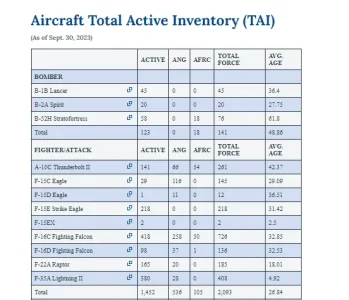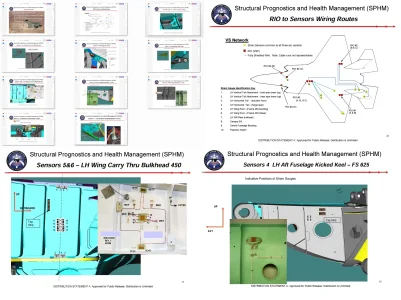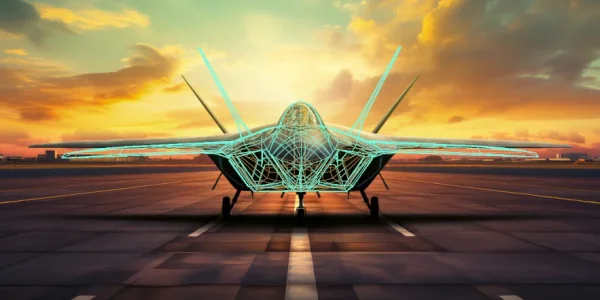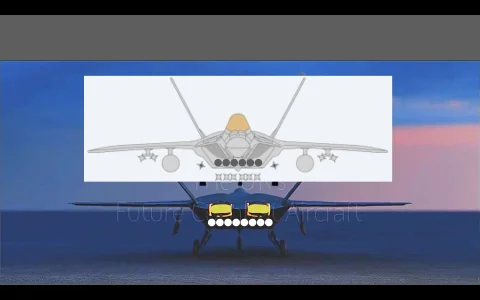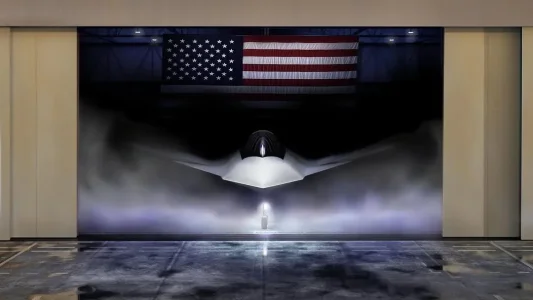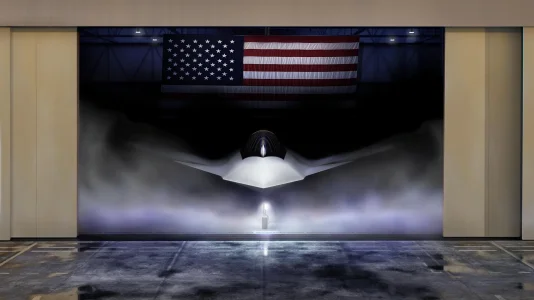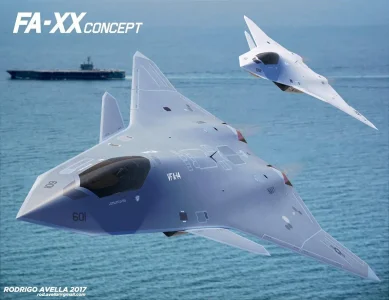I don't think people understand just how big this news is. This is a tsunami-supernova-earthquake all rolled into one for the Military Industrial Complex and the world.
View attachment 28062
View attachment 28068
- New player in the US stealth aircraft game
When Lockheed Martin won the contract for the F 35 in 2001, they knew they had a $1 trillion deal to supply the F 35A (F16/F15 replacement), F 35B (Harrier replacement) and the F 35C (F 14/F 18 replacement). Lockheed Martin was already the leading contractor for the development of the F 22A while Boeing was the secondary.
Northrop Grumman in 2015 won the contract for the B 21 Raider and had previously made the B 2 stealth bomber.
Boeing so far has never been the prime contractor for any US stealth aircraft and this deal has opened the doors to atleast a $20 billion contract, possibly $1 trillion+ in the coming decades.
- Boeing has a guardian angel in the oval office :
The Biden regime went hammer and tongs after Boeing and their issues with the KC 46A refueling aircraft. Orders for the F 18 Super Hornet had dried up and the new F 15EX was chugging along very slowly with little chance of export orders.
Trump has always favored Boeing over Lockheed Martin. He pushed the F 15EX onto the Pentagon in 2018 despite their preference for more F 35s and kept alive the F 18 Super Hornet production line much longer than it's sell by date.
Boeing also won the $3.9 billion contract for 2 new Air Force One planes in 2018 in addition to the T-7 Red Hawk trainer in the same year. F 47 by POTUS 47 has a nice ring to it.
- Smaller lighter NGAD (F 35 class) is out :
View attachment 28064
I had previously speculated in November 2024 that the NGAD winner would be Lockheed Martin based on some renders by Skunk Works and some statements by the previous/lameduck US Secretary of the Air Force Frank Kendall favoring a smaller cheaper aircraft.
With the announcement of Boeing's selection, this idea appears to have been dropped for good given that the F 35 is very much in active production and may even be produced until the 2040s.
- China is the new Soviet Union for the US
The smaller NGAD that was previously envisioned was primarily designed for European (read Russian) theatres of war. However Russia seems to be moving towards a cold peace with US as per a ceasefire deal with Ukraine under the works.
The bigger NGAD was designed purely for a Pacific war and with the appearance of the J 36A, designed for long range/ stand off air superiority roles, this has become the favored choice.
Which emerging superpower lies in the Pacific? I don't think the answer is Japan.
With multiple countries pulling out of prospective F 35 deals and looking forward to FCAS/GCAP and the US itself moving onto the F 47, it seems increasingly likely that India could go in for a limited 36-40 F 35A deal to counterbalance a prospective Pakistani purchase of the J 31/J 35A.
The US has a tendency to give India Tier 2 military equipment to maintain production lines and push for some level of concurrency.
Trump pushing for India and promising all waivers to buy the F 35 in February 2025 and then announcing the F 47 in March 2025 shows that the timeline aligning in that respect.
Additionally, the US might show slight leniency towards the GE414 deal to allow India to equip it's AMCA and Tejas MK2 aircraft in the same way it allows Turkey (KAAN, GE F110), Japan (F-2/F-X, GE F110), South Korea (KF 21, GE F414) and Taiwan (F-CK-1, F125-GA-100) to use it's proprietary engines.
- Boeing's future is secure
Boeing has been facing a lot of turmoil due to quality and delivery issues of it's projects (KC 46A refuellers, Starliner, 737-MAX) and this had previously called into question it's long term health.
It's F 18 Super Hornet production line was ramping down and it was reduced to 12 F 15EX a year.
Boeing had prospectively been working on the NGAD/FA-XX projects to secure additional funding for it's military wing after being denied a morsel of the F 35 pie for over 2 decades. This order has given it a massive shot in the arm to go for the FA-XX.
View: https://x.com/AirPowerNEW1/status/1903032944547049777
- Design influences and prospective performance
View attachment 28070
https://www.twz.com/air/boeing-wins-air-forces-next-generation-air-dominance-fighter-contract
- Northrop Grumman is the favorite for the FA-XX (US Navy)
https://www.tipranks.com/news/the-f...-for-navy-f-a-xx-award-after-lockheed-setback












